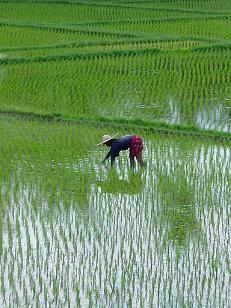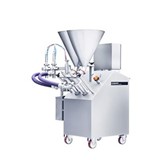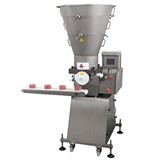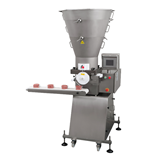As a result, over 2 billion people, or 30 per cent of the world's population, suffer from Fe deficiency with symptoms ranging from poor mental development in children, to depressed immune function and anaemia.
Dr Alexander Johnson, based in the School of Botany at the University of Melbourne, is using biotechnology to generate new cereal varieties that load increased concentrations of Fe into the grain, an approach known as "biofortification."
Unlike mineral supplements, which are expensive and rely heavily on health infrastructures for dispersal, biofortified crops offer a cheap, reliable and sustainable solution to Fe and other micronutrient deficiencies.
Dr Johnson's initial research in rice has yielded exciting results, with increases of up to threefold more Fe in white rice, and he is now expanding the program to include other cereal species such as wheat.
Dr Johnson is also developing a new generation of researchers in this important field, through the Master of Science in the Melbourne Graduate School of Science. MSc (Botany) student Skye Shields is currently researching the biotech rice that has been developed in the Johnson lab, using a variety of molecular tools to better understand the genetic mechanisms responsible for the high-iron grain.
The results of this study are an important step in characterising the rice plants before they are tested in the field. The study may also shed light on new mechanisms that could be used to generate other crops with enhanced nutrient levels.














